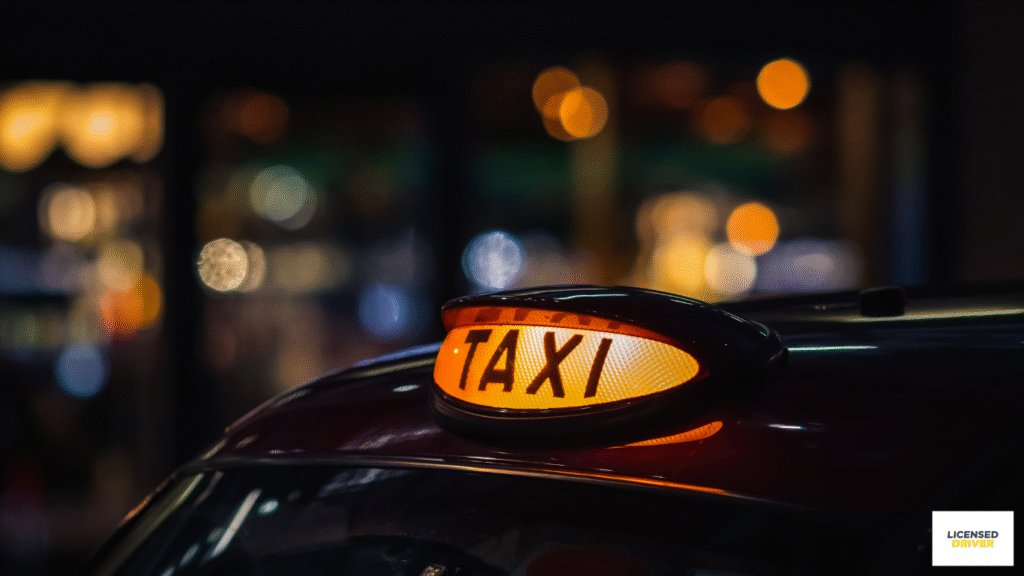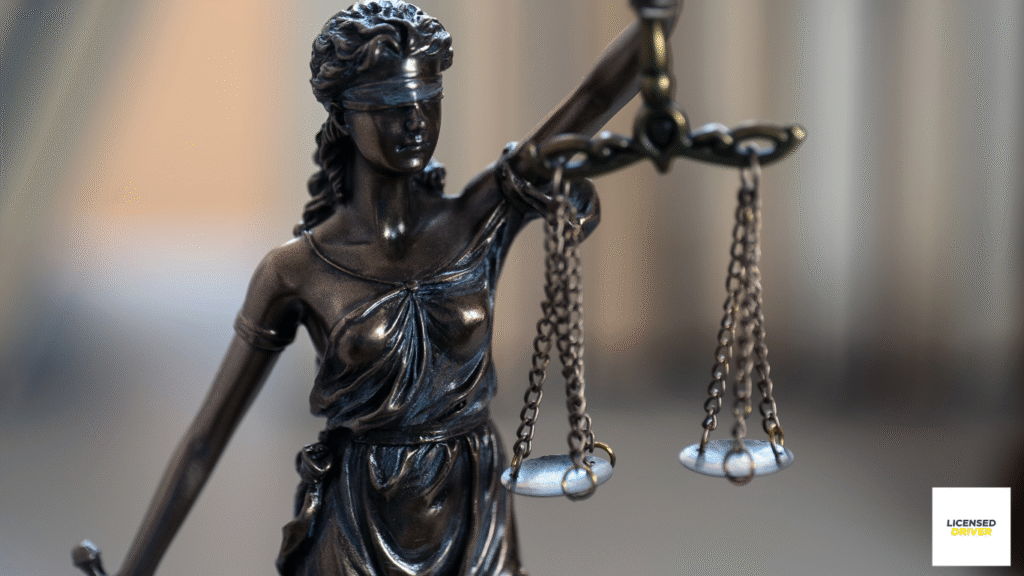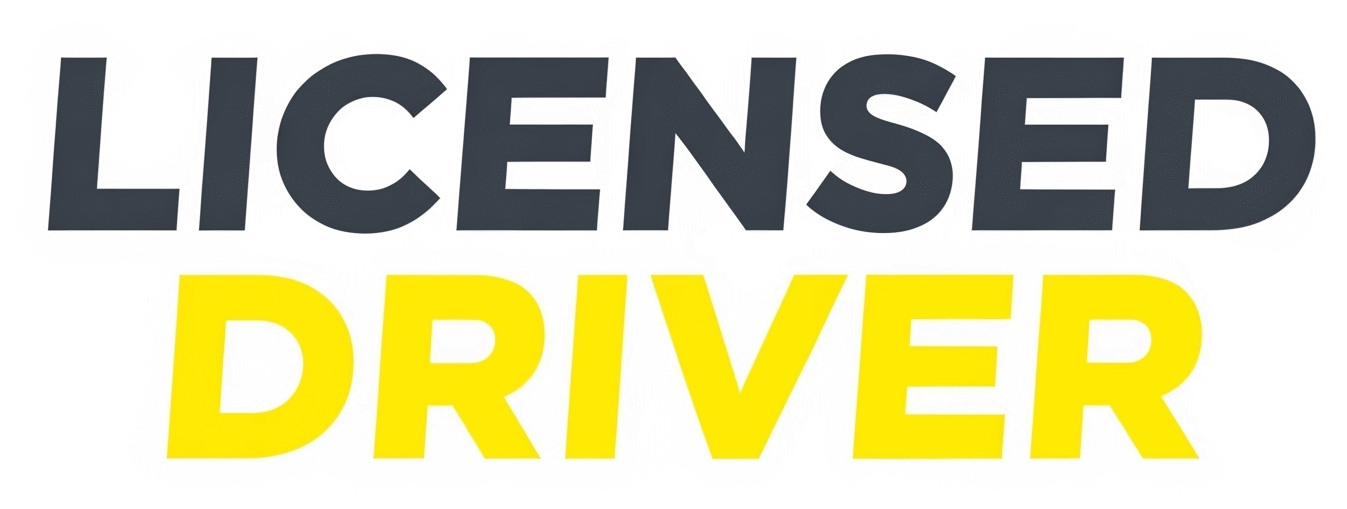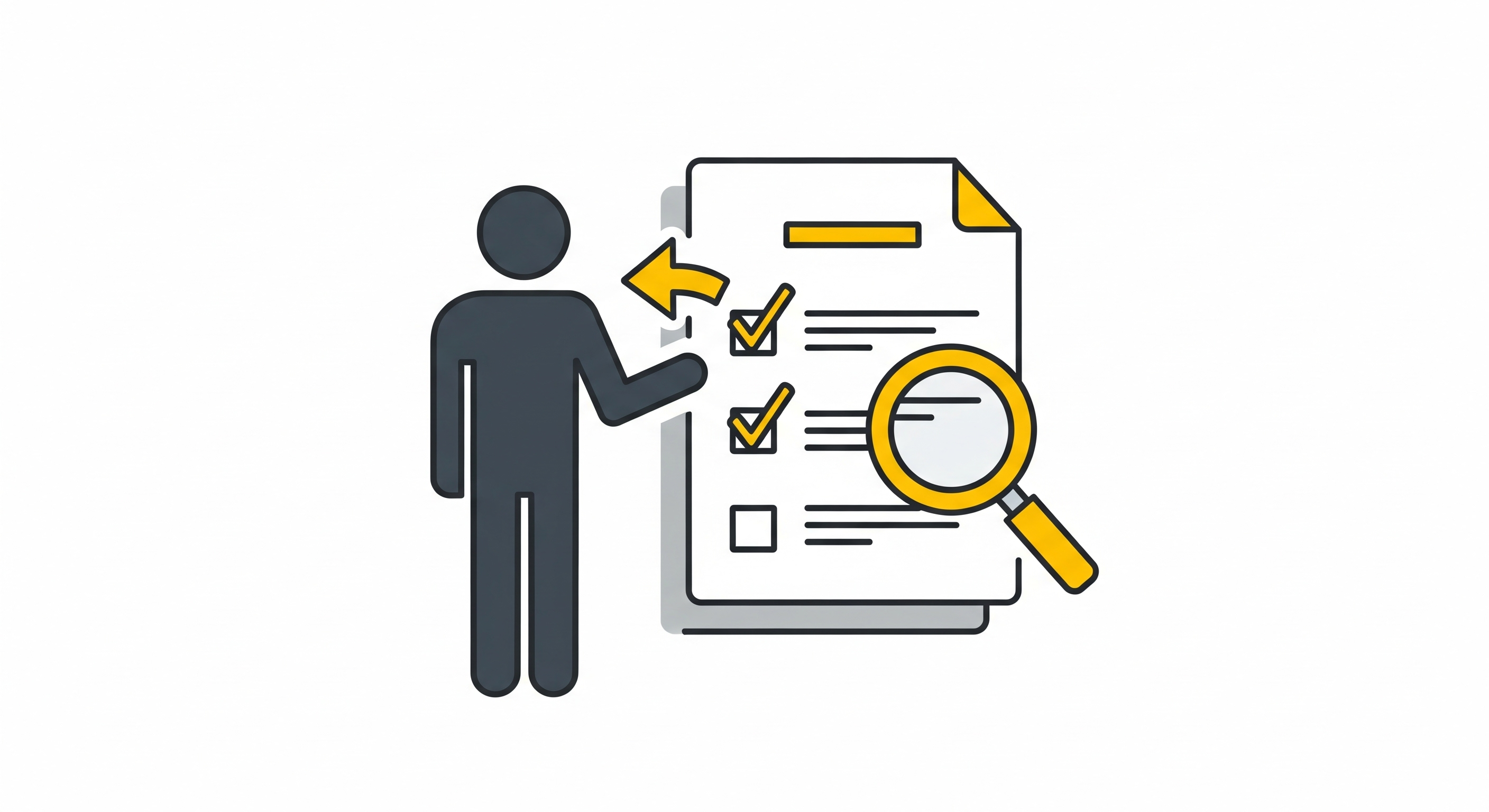The Bottom Line: Read This First
- The fit and proper person test taxi licence assessment is the single most important hurdle every UK driver—whether you’re a Hackney Carriage or private hire—must clear to get and keep your badge. It isn’t a driving test or a knowledge test; it’s the core of how the council decides if you are a safe and suitable person for the job.
- Decisions are made on the balance of probabilities. This means you are not given the benefit of the doubt if thelicensing authority must make a difficult final decision.
- The test considers your entire character, not just a criminal conviction on a DBS check. It includes your honesty, attitude, and any other relevant information available.
The Most Important Test for Your Taxi Licence
Every licensed driver in the UK—whether you’re a taxi driver or in private hire—has had to pass one crucial test. It’s not a driving test or a knowledge test. It’s the official fit and proper person test for a taxi licence, and it’s the single most important factor in you getting—and keeping—your badge.
But what does “fit and proper” actually mean? It’s a phrase that can feel vague, leaving many drivers unsure where they stand with their licensing authority. This guide changes that. We will break down the rules in plain English, explaining what the test really is, how a council makes its decision on a licence application, and what you need to know to protect your livelihood.
What Does ‘Fit and Proper’ Actually Mean?
There is no single legal definition of “fit and proper,” but the statutory guidance from the Department for Transport (DfT) gives us a very clear way to think about it. The guidance suggests that any councillor or officer on a licensing committee should ask themselves a simple, common-sense question before they grant a licence:
“Without any prejudice, and based on the information before you, would you allow a person for whom you care, regardless of their condition, to travel alone in a vehicle driven by this person at any time of day or night?”
If the answer to that question is ‘no’, the individual should not hold a licence.
This shows that the test isn’t just about your driving record. It’s about your entire character and whether you can be trusted in a
position of trust with the public, including children and vulnerable people. The primary objective of
taxi and private hire licensing is to protect the public.

It’s Your Job to Prove You’re Fit and Proper
This is one of the most misunderstood parts of the licensing process.
It is your responsibility, as the applicant or existing licence holder, to prove to the council that you are a safe and suitable person to hold a licence. It is
not the council’s job to prove that you aren’t. This is called the “onus of proof.”
The standard they use is also different from a criminal court. All decisions on your suitability are made on the
“balance of probabilities”. This means that you should not be given the benefit of the doubt. If the decision-makers on the committee are only 50/50 on whether you are suitable, the guidance states that you should not hold a licence.
It’s More Than Your DBS: What Else They Look At
Many drivers believe that as long as their DBS check is clean, they are automatically “fit and proper.” This is not true. The law allows the council to consider a wide range of information when assessing your character.
This includes, but is not limited to:
- Your Entire Character: The council is entitled to consider your entire character, including your attitude and temperament.
- Complaints & “Soft Intelligence”: Matters that have not resulted in a criminal conviction can and will be taken into account. This includes complaints made against you (even if there was no police involvement) and “soft intelligence” provided by the police and other partners.
- Honesty: Any dishonesty during the application process is taken very seriously. A failure to declare convictions or providing false information will likely result in a licence being refused or revoked.

Convictions and the Fit and Proper Person Test for a Taxi Licence
It is crucial to understand that while there is official guidance, each licensing authority sets its own local policy. This has led to a variety of different standards being applied across the country, with neighbouring authorities sometimes maintaining very different approaches to driver suitability and vehicle conditions. This is a source of huge frustration for drivers who have complied with more rigorous local standards.
The guidelines below are the recommended starting point for all councils, and many adopt them in full. However, it is possible that a specific council may have a slightly stricter (or more lenient) policy. The following information is therefore a very strong indicator of what to expect from most licensing authorities.
Crimes Resulting in Death or Involving Exploitation
This is the most serious category. The guidance is absolute.
- If you have a conviction for a crime that resulted in the death of another person, or was intended to cause death or serious injury, you will not be licensed.
- Similarly, if you have a conviction related to any form of exploitation (including slavery, child sexual abuse, grooming, or financial abuse), you will not be licensed.
Sexual and Indecency Offences
For public safety, the view on these offences is extremely firm.
- A licence will not be granted if you have a conviction for any offence involving or connected with illegal sexual activity.
- You will not be granted a licence if you are currently on the Sex Offenders Register or any barred list.
Offences Involving Violence
- If you have a conviction for an offence of violence against a person, a licence will not be granted until at least 10 years have elapsed since the completion of any sentence imposed.
Dishonesty & Drugs
- Dishonesty: For any offence where dishonesty is an element (such as theft or fraud), a licence will not be granted until at least 7 years have elapsed since the completion of any sentence imposed.
- Supply of Drugs: For any conviction related to the supply of drugs, a licence will not be granted until at least 10 years have passed since the completion of any sentence.
- Possession of Drugs: For a conviction for possession of drugs, a licence will not be granted until at least 5 years have passed since the completion of any sentence. You may also be required to undergo drug testing at your own expense.
Motoring Offences
- Drink/Drug Driving: For a conviction for drink driving or driving under the influence of drugs, a licence will not be granted until at least 7 years have passed since the completion of any sentence or driving ban imposed.
- Using a Hand-Held Device: For a conviction for using a hand-held phone or device while driving, a licence will not be granted until at least 5 years have passed since the conviction or completion of any ban, whichever is later. Perfect. We’re on the final section. A strong conclusion will tie everything together, reinforce the key takeaways, and tell the reader what to do with their new knowledge. Here is the conclusion to wrap up the article.
The Final Word: Be Professional, Be Prepared
Understanding the ‘fit and proper’ test can feel complicated, but it all comes down to one core principle: the protection of the public. The entire licensing system is designed to ensure, as far as possible, that the public can have complete confidence in the person driving them.
You now know that it is your responsibility to satisfy the council that you are a fit and proper person, that the council will consider your entire character, not just your criminal record, and that there are clear guidelines for how past convictions are assessed.
For the vast majority of drivers, who are decent, law-abiding people working hard to provide a good service, this test is nothing to fear. These high standards are in place to uphold the professionalism of the industry and protect the public. By understanding the rules, you can operate with confidence, knowing exactly where you stand.
Join the Conversation
What are your thoughts on how councils apply the ‘fit and proper’ test? Share this guide with another driver, and join the Licensed Driver community on Facebook to share your experiences.

